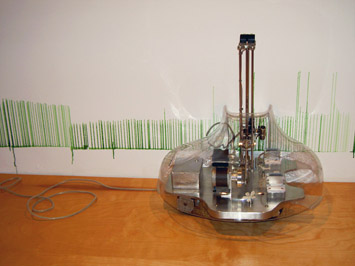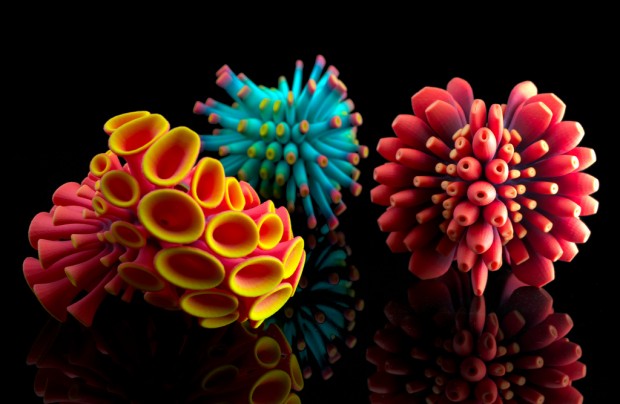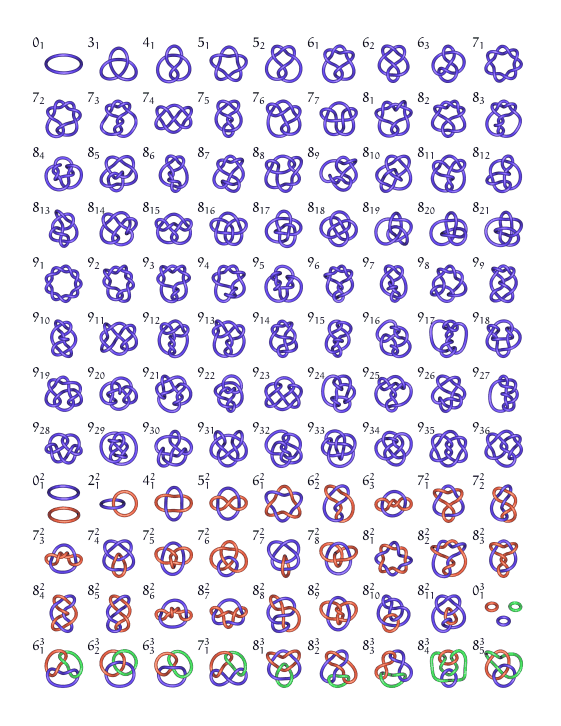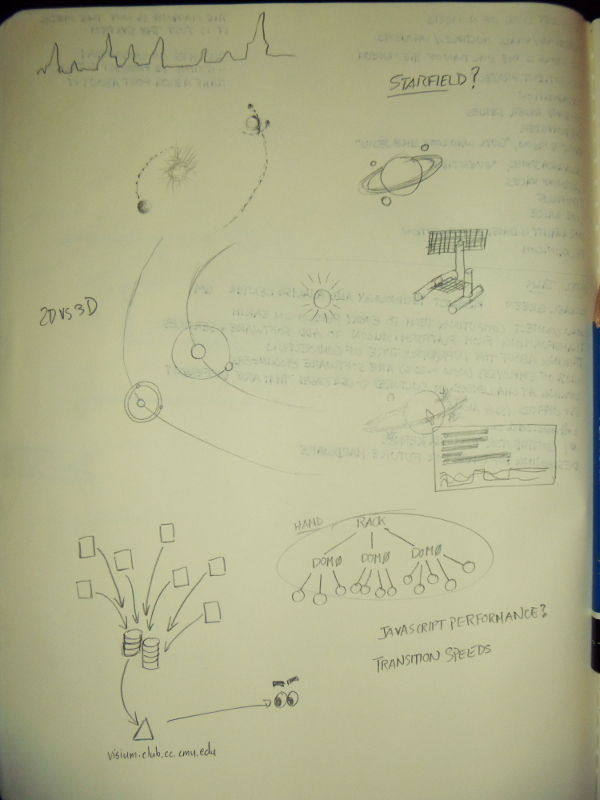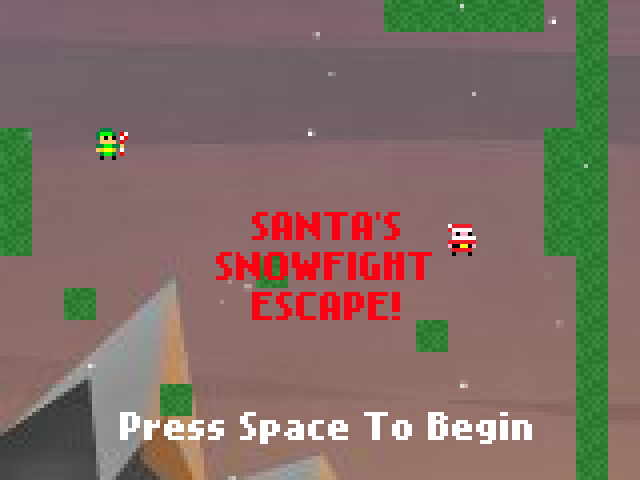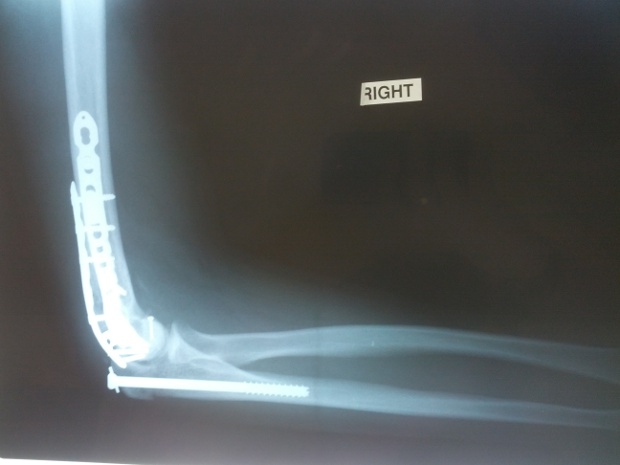Lately, I am really interested in the process and algorithms of creating generative life forms and creatures. Here are three projects, that I like and would like to “dissect”, so I could learn more about the process.
Communion – A Celebration of Life
This one is a really fun project by FIELD and Matt Pyke.They made a wall of hundreds generated creatures accompanied through their evolution by a polyrhythmic soundtrack. Creative Applications.net has posted a great behind the scenes article, that explains the process of creating the installation
Weird Faces Study by Matthias Dörfelt using PaperJS
Matthias Dörfelt tries to create computer generated faces, that could not be instantly recognized as such. Event though, they look as hand drawn, they are actually completely algorithmically generated and every face is random and unique.
Cindermedusae by Marcin Ignac
http://marcinignac.com/projects/cindermedusae/
An old, but really awesome project by Marcin Ignac. Algorithmically generated sea creatures, that can be deformed, characterized and animated with modifying different parameters. I really love how their movements looks so organic and smooth.
Technique
I haven’t actually found the time to dig deeper for algorithms for generating organic looking and moving creatures, but will definitely do so. I am actually reading Dan Shiffman’s Nature of Code and The Generative Design book, which I think is a really good start towards the topic. But, if someone could recommend something, please comment!

